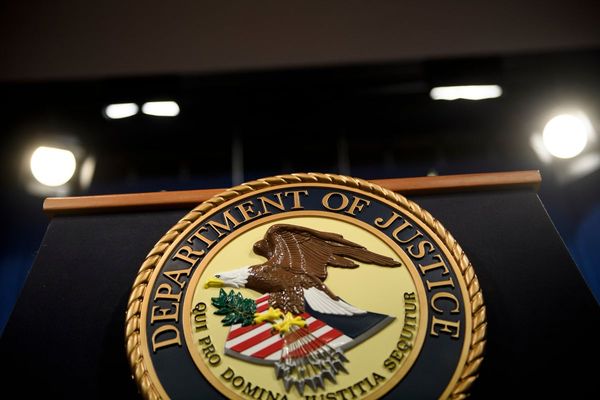
There’s suddenly a Succession-sized hole in the lives of media junkies fascinated with that longest-running of Australian soap operas: just what’s happening with the Murdochs?
As it turned out last week (spoiler warning), the television drama reached back past the still-unfinished Murdoch storyline all the way to King Lear. The drama, like the play, ended with all three kids out of the action and Wambsgans (aka Edgar, or “poor Tom”) in charge, under the guidance of the old Roy’s retainers and the tutelage of “the Vikings” (standing in for Lear’s France).
Makes sense: our bunyip aristocracy of oft-knighted media moguls has long offered up the sort of dynastic narrative that in Shakespeare’s time depended on kings and ambitious princes. Moguls like the Murdochs and, until recently, the Packers — and before them, the Fairfaxes, the Nortons, the Denisons and the Symes.
That background has drawn us to the characters of the very rich Roy children, who we had hoped would offer a clue as to how the next generation will manage our media.
But maybe that was an ask too far. The uberwealthy — like the Roy children — are, as F Scott Fitzgerald cautioned almost a century ago, “different from you and me”. Possessing and enjoying early, he says, renders them part soft, part cynical. “Unless you were born rich,” he says, “it is very difficult to understand.”
In pinpointing the hard-to-understand characters, Fitzgerald gave us a clue as to why some of the Murdoch children seemed a bit tender when they feared Succession was straying a bit too close to their personal narratives, as Gabriel Sherman reported in last month’s Vanity Fair.
Clues, too, as to why patriarch Rupert Murdoch by contrast (like his father before him) cynically shrugs off criticisms that burnish the perception — the fear — politicians and journalists alike have of their power.
But the key takeaway from the drama is not the soft and cynical interplay between the Roy children. It’s the social story that underpins it: the passing of the age of the rich, strutting, all-powerful media mogul. By Succession‘s close, even all the children recognise it.
From owners and founders to CEOs and financial managers, it’s partly a shift in the power of the management of capital. Partly, too, a shift in what makes a successful business — less about the product and more about the financial engineering wrapped around it.
It’s also a reflection of that Donald Trump moment when the right-wing media’s populist Frankenstein’s monster broke out of the lab where the moguls had been carefully putting it together. Coming into its own power, the creature demands its creators must now follow behind.
In season three, the still-living Lear — sorry, I mean, Logan Roy, is fawned on by presidential candidates seeking his blessing in the forthcoming election. In season four, the power has flipped. The Roy children find themselves turned from the courted to humble courtiers, seeking regulatory favours from the new president they believed they had made with their election-night calls.
In the real world last month, we saw the monster again devourings its maker as Trump gutted CNN’s institutional credibility in his town hall broadcast.
Succession’s end tells a hard truth about the balance of power in 21st-century media: old media’s power once stemmed from its gatekeeping of content and domination of distribution at scale. In the drama, this power shift plays out in the rising social media platform, GoJo, taking over the old Waystar Royco.
The Roys will yet have their taste of schadenfreude as they find themselves freed from the burden of managing the digital transition. Better still, they should know that every new-old merger like the GoJo-Waystar deal has ended in failure — from AOL-Time Warner through to News Corp’s MySpace takeover and Elon Musk’s buyout of Twitter. Even the old-old mash-up of Disney and Fox is struggling.
Meanwhile, the Roys remain safely entrenched in the very rich, with a Murdoch family-sized US$18 billion between them (as Forbes estimated in season three) — probably more with the GoJo takeover premium.
I suspect that, too, is very different from you and me.







